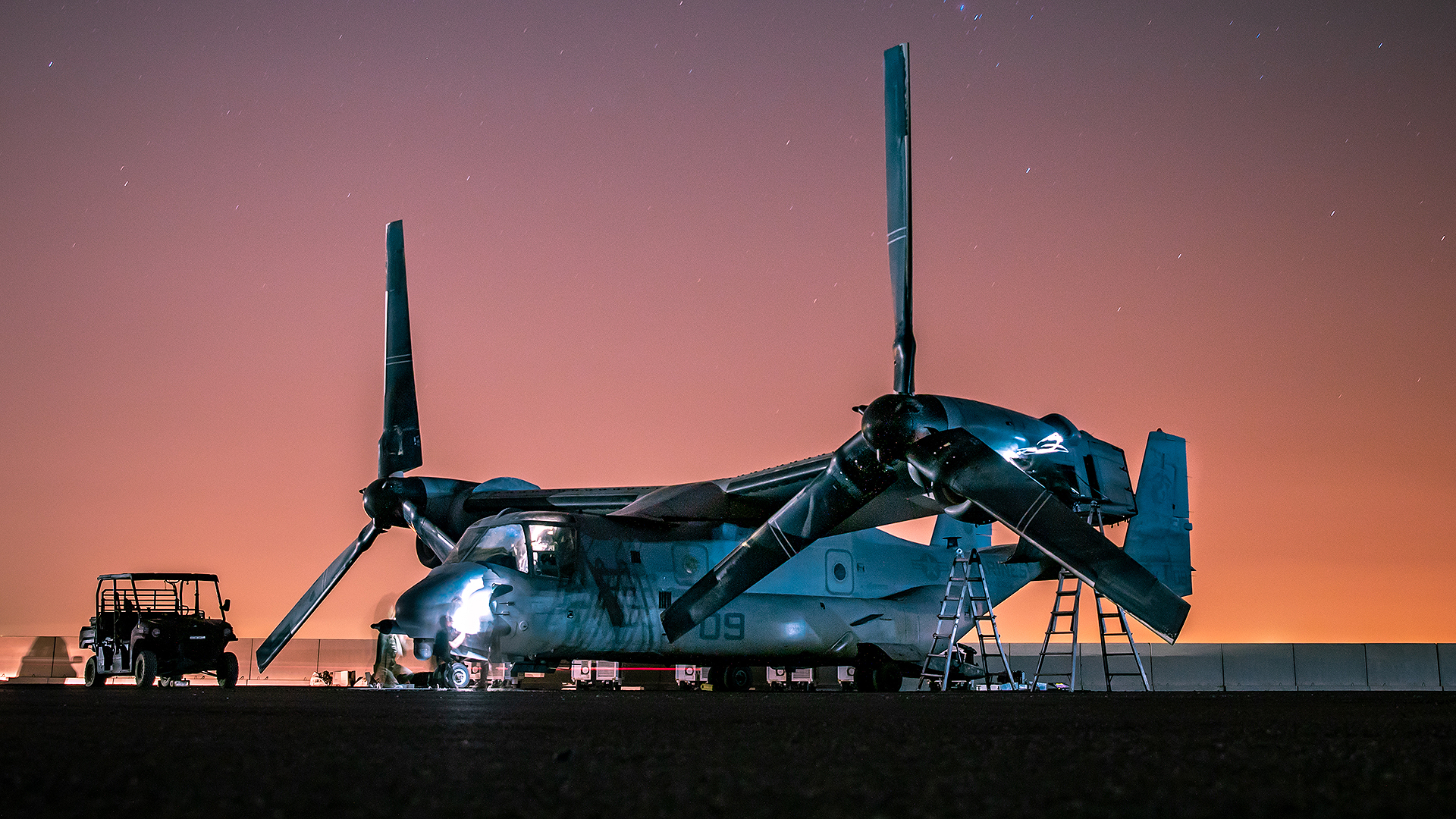With the final U.S. Marine Corps orders for the MV-22 Osprey now very likely having been placed, the service is looking forward to getting the most out of the tiltrotor transport as it plans for a career that could see it serve into the 2060s and potentially beyond. Among a raft of enhancements to keep it viable until then, the V-22 Joint Program Office is looking at some radical potential ideas, including optionally piloted configurations.
Marine Corps Col. Brian Taylor, program manager in the V-22 Joint Program Office was speaking today at the Modern Day Marine exhibition, which TWZ is attending, and highlighted some of the plans for the sustainment of the Osprey, which is the backbone of the service’s medium-lift capabilities.
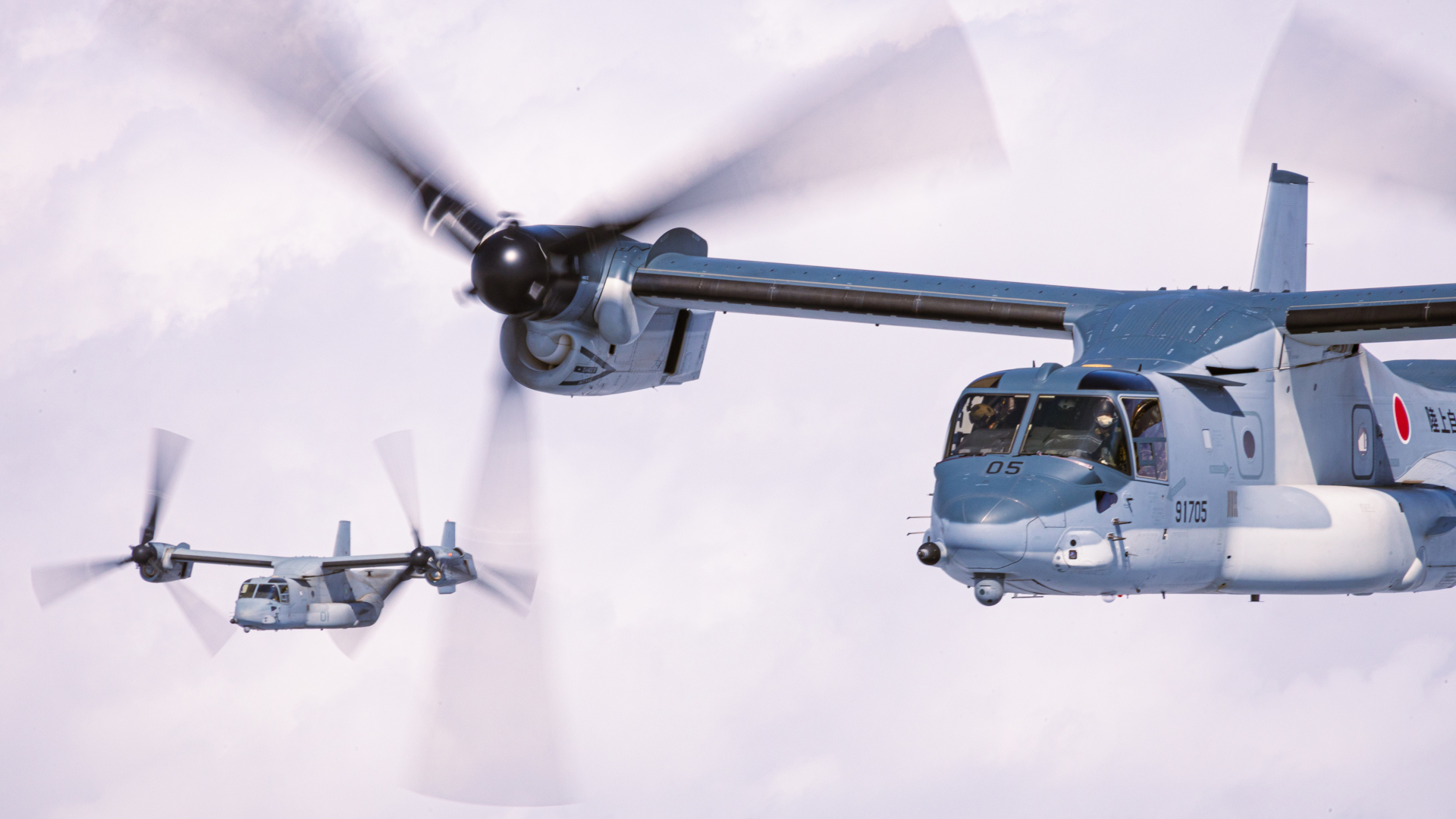
“Everything that we do in this program office is on the bedrock of safety, and so making sure that we provide a safe platform comes first and foremost,” Taylor said, in reference to the recent grounding that affected the Osprey fleets of the U.S. Marine Corps, Navy, and Air Force, as well as those operated by Japan.
More than three months long, the grounding came after a fatal crash of a U.S. Air Force CV-22 off the coast of Japan. The tiltrotors were finally cleared for flying operations again early last month — with some restrictions — as TWZ reported at the time.
In the meantime, the investigation into the cause of the crash is still ongoing.
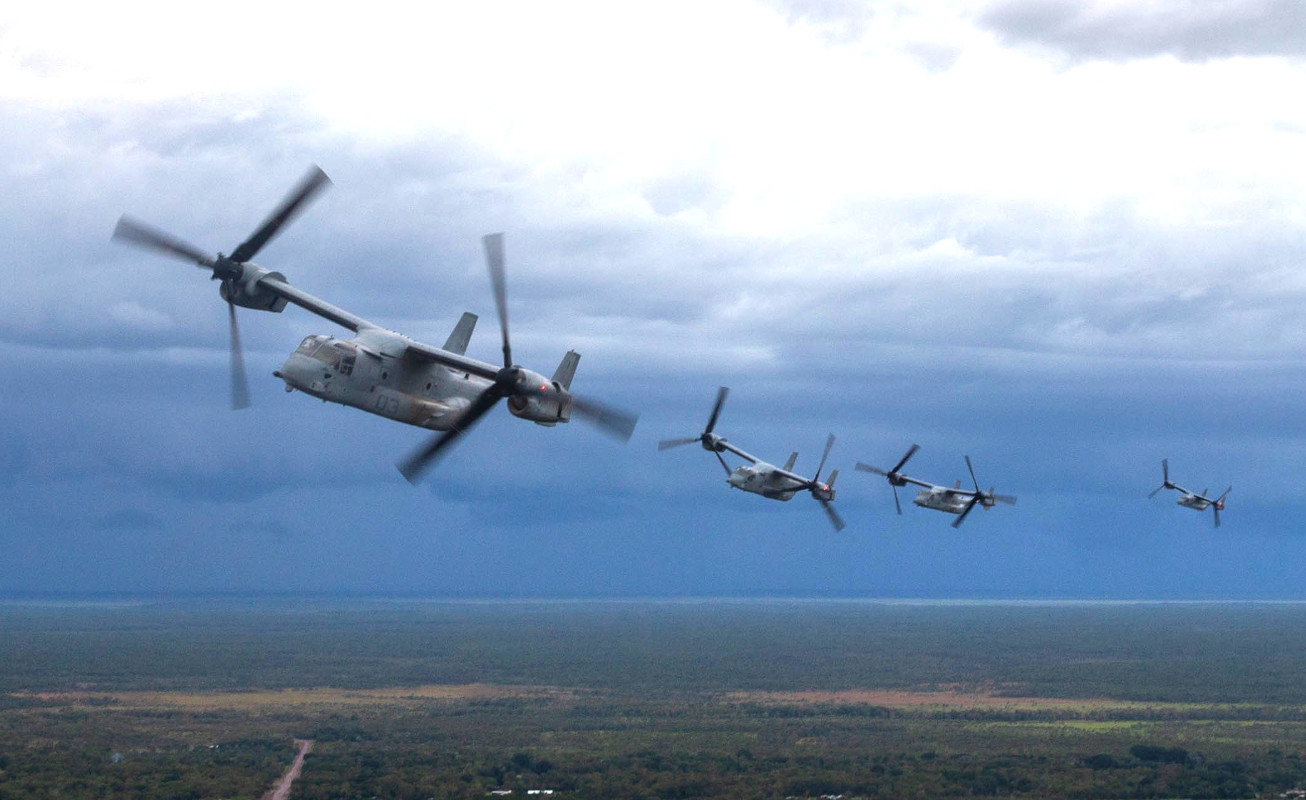
Taylor thinks it’s likely that the last orders of MV-22s for the Marine Corps will be those that were in the FY 2023 budget. The last of these are scheduled to be delivered in 2026, after which the production line is expected to shut down — barring any follow-on orders or foreign sales.
Now the focus is very much on sustaining the Marine Corps Osprey fleet for the rest of its service.
“When you purchase aircraft over about a 30-year span, you end up with some configuration challenges, and that’s what we’re still kind of working through,” Taylor explained, adding that the Marine Corps, Navy, and Air Force are now “coalescing on a kind of standard configuration of the aircraft, and that is huge.”
“If you think about the car that you bought 25 years ago and the car that you bought today, they are very different. They have different systems, and so trying to kind of normalize all the systems and everything on an aircraft” is critical, he said.
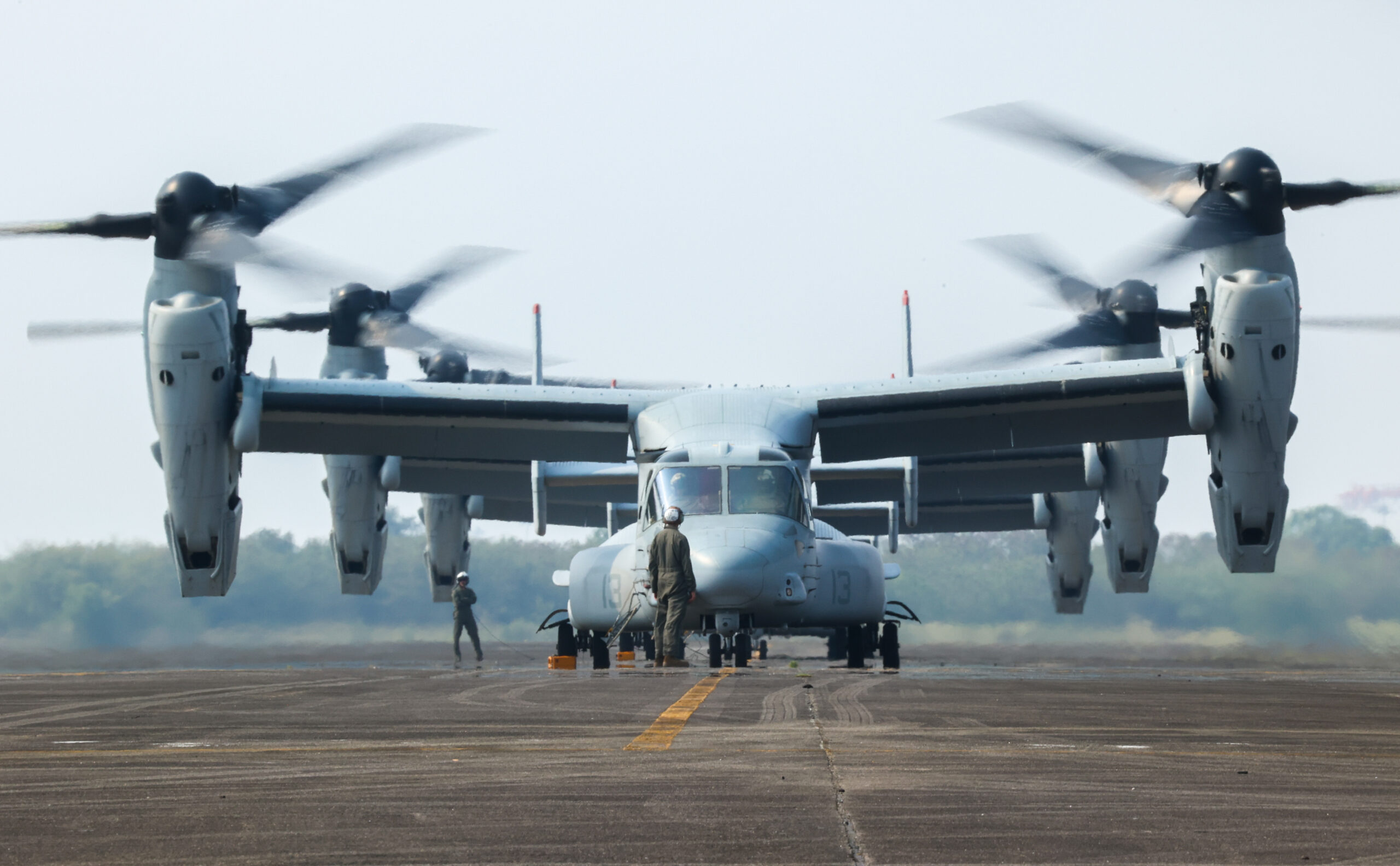
One item that the Joint Program Office is now looking at is a software upgrade, which would bring this aspect of all U.S. military V-22s to the same standard, doing away with the two different kinds of mission computers now found on Ospreys.
Having a common software standard would not only reduce costs, “but also it really provides the ability to rapidly deliver capability with a single software build.”
This will help transform the V-22 from a platform that currently requires around four years to introduce a new software build to one that can be updated in intervals of 18 or 24 months. In this way, new capabilities will be inserted into the aircraft during regular maintenance periods, rather than as convoluted processes that require considerable efforts in terms of testing and validation.

“Right now, we are a hardware-defined platform that’s supported by software,” Taylor said of the V-22. “Every time we get a box, we bend the software to the box, and really the big shift that we’re going to make is [that] we’re going to be a software-defined platform … And then if you want to play on the V-22, this is how you interface with us.”
Allied with planned software improvements are proposals to update the Osprey’s cockpit, where Taylor said operators currently “are struggling with some obsolescence issues. We are kind of at a tipping point where we are spending enough on just maintaining what we have that it’s time to do something different.”
This effort is known as VeCToR, or V-22 Cockpit Technology Refresh.
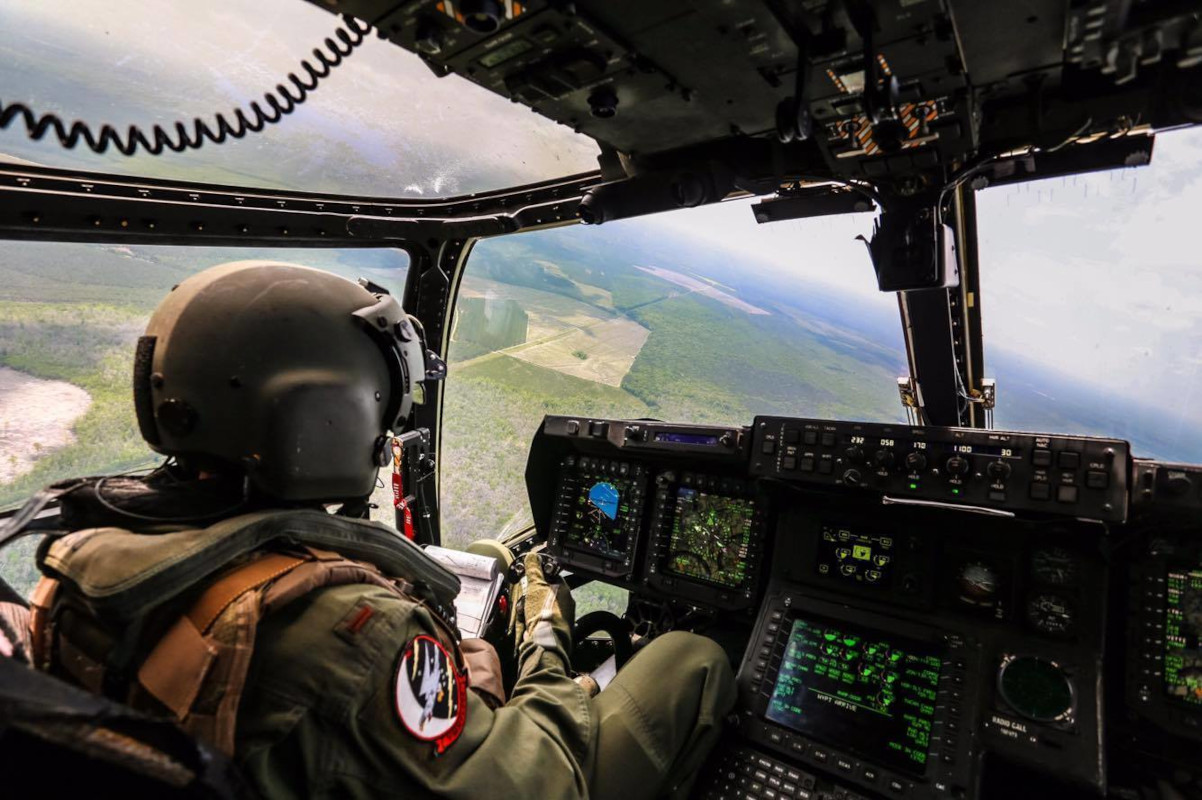
One possible answer that Taylor suggested is to bring in commercial off-the-shelf cockpit technologies, giving the example of the “very robust flight data systems” found in business jets and general aviation aircraft.
“This is definitely something that we’re looking at,” Taylor confirmed, driven by the current costs involved in maintaining the original cockpit setup.
With the maintenance demands of any aircraft increasing as it advances in its years, the program office is also looking at ways to streamline this process.
Bell and Boeing are working on a vibration monitoring system for the V-22’s gearbox, something that has traditionally been a problem area for the Osprey, with sprag clutch slips damaging the engines and affecting flight safety.
The vibration monitoring system “doesn’t necessarily keep components on the aircraft longer, but it definitely helps us understand the overall health of the components on our aircraft and lets us do maintenance on our terms, as opposed to waiting for something to break and then having to fix it wherever it is,” Taylor explained.

Looking further ahead, Taylor said he expects the V-22, in its current configuration to be good for service out until 2062, based on attrition curves. He admitted that there are “a million variables on that, but like, that’s really kind of where we’re going to start having some real challenges.”
With that in mind, a more extensive mid-life upgrade will be on the cards, which could see some more radical changes to the way the Marines operate the Osprey. Among the options that have been mooted is an optionally piloted configuration, Taylor said, noting that “everything is on the table.”
“There is a ton of life left in this platform, and there is a ton of mission left in this platform,” Taylor said.
However, Taylor admitted that plans for a mid-life upgrade might well be superseded by developments in other platforms, specifically noting the emergence of high-speed vertical takeoff and landing (HSVTOL) concepts. The Air Force, in particular, is already looking at the options for replacing its CV-22 tiltrotors with a HSVTOL design, as you can read about here.

At some point, a decision will have to be made about whether it’s worth investing more in the V-22, to keep it relevant, or whether it makes more sense to invest elsewhere. That decision will have to be informed by the state of technology at that point.
Whatever the future holds for the V-22 in terms of its upgrade path, the tiltrotor is now very much at a milestone in its career. With the end of production now clearly in sight, the Osprey is emerging from what has been a long first period of service that has certainly had its ups and downs. The focus is now on sustaining the V-22 as the Marine Corps looks forward to another 30 to 40 years of service as a vital component of its amphibious capabilities.
Contact the author: thomas@thewarzone.com
